According to psychologists, in cases where I want to change the image, women primarily think about hair dyeing. It is not difficult to make changes to your usual appearance and surprise others, giving your hair a new shade or dramatically repainting them. It is believed that in this way you can change the situation and get rid of the cargo of accumulated problems. Nevertheless, for various reasons, the resulting result of staining does not always correspond to expectations - in this case, you can get rid of the inappropriate color of the strands using decapitation. The use of this procedure allows the sparing method to wash off the hair dye.
Content
- What is hair decaporation: the principle of procedure
- What is hair decaporation: the benefits and harm of this procedure
- What is hair decapitation: Types for washing
- What is hair decapitation: implementation technique
- What is hair decaporation: subsequent care
- What is hair decapitation - photo
- What is hair decapitation - video
What is hair decaporation: the principle of procedure
The term "decapitation" is from the French word decaper, meaning "purify the metal". This is what the procedure of lightweight metal surface is called to remove the thin films of oxides from it. In hairdressers, decapitation is used to clean hair, i.e. removal of an artificial coloring pigment from them, which is the cause of an undesirable shade.
Currently, conducting various experiments with hair color is easy - the shelves are literally crowded with dyes of different brands and in various price categories. Nevertheless, not always staining is quite successful. The result may turn out to be far from the expected effect or simply not fit under the tone of the skin or eye color. In another case, as a result of experiments with long -suffering hair, the paint can lie on the strands unevenly. Sometimes quite high-quality dyeing and luxurious dark hair color over time simply bother the woman, and she dreams of lightning her hair. It is not always possible to wait until the paint is washed up naturally. Trying to repaint your hair, risking to get a gray-brown-raspberry hair is risky. To return the natural hair color, you can apply professional washing.
To understand what hair is not difficult - in fact, it is a procedure for removing paint from strands. It should be noted that this procedure should not be used after coloring with henna or basma.
Decaping will help:
- remove unaesthetic stains if hair dye fell unevenly and the strands showed out unevenly;
- eliminate the undesirable (unnatural, too intense, not corresponding to expectations) shade acquired as a result of staining;
- get rid of hair oversaturation with various dyes;
- muffle the color of the hair to a lighter tone;
- change the color of the strands and return to a natural shade.
It is important to note that decapitation of hair color is not a harmless procedure for the strands, so after this effect they will require their restoration and careful care.
What is hair decaporation: the benefits and harm of this procedure
The main advantage of this procedure is to eliminate the color of the hair obtained by unsuccessful coloring. In addition, the washing emulsion is able to save the strands from an inappropriate shade. With an increase in the concentration of the composition, to eliminate the coloring pigment, the effectiveness of the procedure that allows the strands to return their natural color.
If you want to wash off the dye by decaping hair, you should take into account the following. Regardless of the degree of effectiveness of this procedure, it is not completely harmless. As a result of the effects of cosmetic preparations used for decapiting, peeratin scales of strands are opened from paint and the protective properties of the hair are reduced. Thus, they can no longer effectively resist the aggressive effects of the external environment. This circumstance may subsequently not in the best way affect the condition and health of the hair, so after deep decapiting it will be necessary to re -color hair to close its scales and align the color of the strands. At the same time, the choice of the acting composition will need to be approached as responsibly as possible, since this coloring will turn out to be very persistent.
What is hair decapitation: what effect should you expect
By applying the washing of various concentrations, you can get rid of an unnecessary shade on blond hair, eliminate an undesirable color nuance or completely get rid of the dye, including on the strands painted in dark tones.
Due to the decorating of the hair, after the use of washing, especially deeply brightening, a complex treatment of strands and careful care for them will also be required. The hair as a result of such a procedure becomes dull, dry and brittle, is poorly styled and prone to loss. To improve their condition, you can apply a whole arsenal of caring tools - in the form of special masks and balms to restore the structure of deeply damaged hair and strengthen hair follicles.
What is hair decapitation: Types for washing
The components of such washing penetrate into the structure of the hair along the entire length, split the paint, tearing the connections between the particles of the dye, envelop them and washed out with them. It is important to note that the washing in itself does not brighten the hair, it only removes from them a pigment of artificial origin, which penetrated the structure of the hair during dyeing. To achieve the desired result of hair cleansing from paint, you may need to carry out several decorating sessions. One of the procedure allows you to lighten the strands into several tones-from one to three or four.
Distinguish between two main varieties of professional washing:
- superficial decapitation - is a gentle hair treatment with an acting mixture that does not contain an oxidizing agent. Such washing without perhydrol and ammonia contains fruit acid in its composition, which acts non -aggressively and rather softly. This composition sparely eliminates the hair from the paint, extracting particles of an artificial staining pigment from them. At the same time, hair follicles are not affected, the structure and natural pigment of the strands are preserved. Using surface decapitation, you can slightly adjust the shade or lighten the hair for one or two tones. To achieve more intensive lightening, you will need to conduct several similar sessions. It is worth considering that the use of such a procedure within a day after staining is most appropriate;
- deep decaporation - is used to eliminate the paint accumulated on the hair as a result of repeated stains, as well as in cases where the dye lay on the strands unevenly (spots and stains). Sometimes such a procedure is used after superficial clarification, if it is not effective enough. This washing on the basis of the oxidizing agent acts quite aggressively and allows you to lighten the strands up to four tones in one session, often leaving a red tint. First, this composition is distributed in the most problematic places, and then along the entire length of the strands. If there is a need to conduct a second deep cleansing session of paint, it is necessary to wait at least two weeks, otherwise the hair can suffer seriously. It is recommended to entrust the profile decorating procedure to a professional.
What is hair decaporation: how to wash off the paint at home
There are also folk remedies that allow you to get rid of the results of unsuccessful hair dyeing at home. Most likely, they will need to be used repeatedly, while the effect may not be too noticeable, especially on hair dyed in dark tones.
At home, as a natural washing, you can apply:
- sour -milk products (kefir or yogurt) - the casin -contained milk protein has the ability to connect particles of paint. One of these funds will need to be applied to the hair and leave for exposure within two hours;
- heated vegetable oils of your choice (including linseed, burdock, as well as castor, olive and almond). To enhance the action performed into such wrap, which should be left on strands for two to three hours, you can add beer or cognac;
- degtyar or laundry soap - thanks to the content of alkali, they have the ability to partially remove the dye from the hair. If you regularly wash your head with such soap, then you can gradually get rid of some part of the coloring pigment on the hair. It should be noted that these funds can overdose hair, so after their use it is necessary to use a caring balm or air conditioning;
- a mixture of cosmetic clay with honey, vegetable oil and egg yolk will help to get rid of part of undesirable dye on the hair. Having mixed these ingredients in equal proportions, this composition should be applied to the strands over the entire length for half an hour, and then washed off with water;
- in addition, for home washing, you can use acetylsalicylic acid dissolved in the shampoo (at the rate of 5 tablets per glass of warm water) or soda. This tool is applied for 40 minutes on the strands, and then washed off.
These funds are able to act as natural, although not too effective, absorbents of paint. It is quite possible to slightly muffle the resulting undesirable shade with their help, for this you will need to carry out such procedures for at least a week. In order to completely get rid of the stained strand of the pigment, you will still need to carry out the hair deap procedure in the cabin, entrusting his hair to a specialist who will perform professional washing.
What is hair decapitation: implementation technique
Depending on the condition of the hair, their length and density, as well as the desired result, the master in the cabin will selectly select the proportions of the composition for decorating, as well as the amount of the mixture - and determine the time necessary for its effective effect. For surface decapitation, when it is necessary to remove an undesirable cosmetic tint, without affecting the hair structure, apply acidic flurry of soft action.
For deeper hair decapitation, the following bleaching washing is used:
- to eliminate unwanted color nuance on blond hair - a mixture of hot water, bleaching powder (better than white), as well as shampoo. This composition is applied to the hair for 5-10 minutes;
- to lighten the hair dyed in the dark color - a mixture of water, shampoo, brightening powder and oxidizing agent. Such a mixture will need to be maintained on the hair for at least 20 minutes;
- to eliminate the color overload (resulting from imposing various dyes), to get a cleaner shade without “dirty” impurities, two or three -stage lightening of water, shampoo, powder and oxidizer are sequentially used in sequence. At the same time, the exposure time of the mixture at each stage is no more than 15-20 minutes. For the first application, a mixture with a 3%oxidizing agent is used, with the second-with 6%, with the third-with 9%. Sometimes it is also allowed to carry out the procedure in the reverse sequence (9%, 6%and 3%oxidation).
What is hair decaporation: Features of the procedure
Prior to the start of the decorating procedure, it is necessary to test the skin sensitivity to the acting components of the mixture. To do this, a small amount of composition will need to be applied to the back of the wrist or the internal bend of the elbow to make sure that within 20 minutes it will not follow an allergic reaction in the form of redness and irritation, rash, feelings of itching and strong burning. Otherwise, hair cleansing using this composition should be refused.
The sequence of actions for the use of washing:
- as a rule, the master applies the composition for washing to dry strands. Those areas that have undergone the most intensive staining are treated first;
- further, the hair is carefully combed for uniform distribution of the active mixture;
- having withstand the required time of the exposure to the composition for decapitation, you should thoroughly wash it off with warm water, and then rinse your hair with professional deep cleansing shampoo;
- next, you need to use a nutrient balm;
- after such processing, it is advisable to dry the hair in a natural way, without using a hair dryer.
It is worth considering that after deep cleansing the hair is largely weakened and acquire sensitivity to external influences. After deep cleansing, you should choose the right tone of paint - and, without delay, dyeing the hair.
What is hair decaporation: subsequent care
For subsequent care of the strands after washing, it is recommended to regularly use restorative masks and balms.
In addition, for effective hair care after decapitation, the following methods and means can be used:
- restoring hair oil with vitamin complexes in ampoules;
- special hair treatment in the form of a protective coating. Modern procedures like lamination, shielding and glazing will make the strands smooth and give them a healthy shine;
- keratinization - this procedure will help restore the structure of the hair, giving the strands density and strength;
- elumination is a soft gentle coloring without destruction of hair structure. After it, the strands are protected from negative influences, acquire a healthy look, become strong and well -groomed.



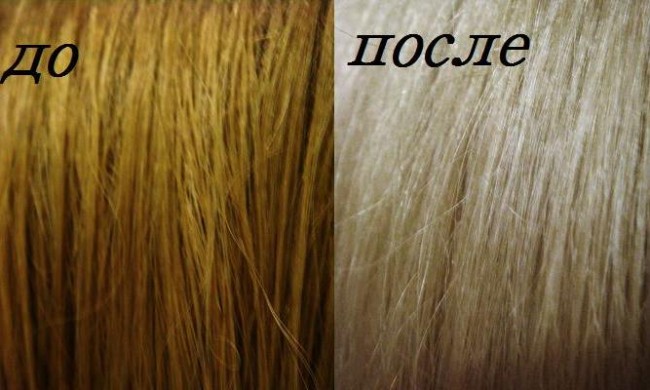

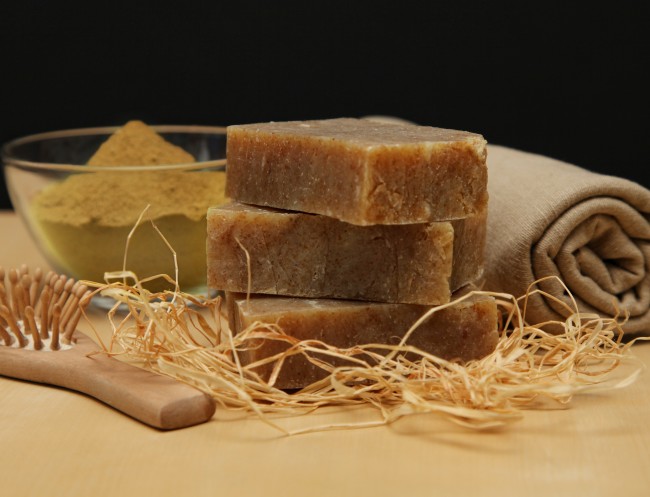
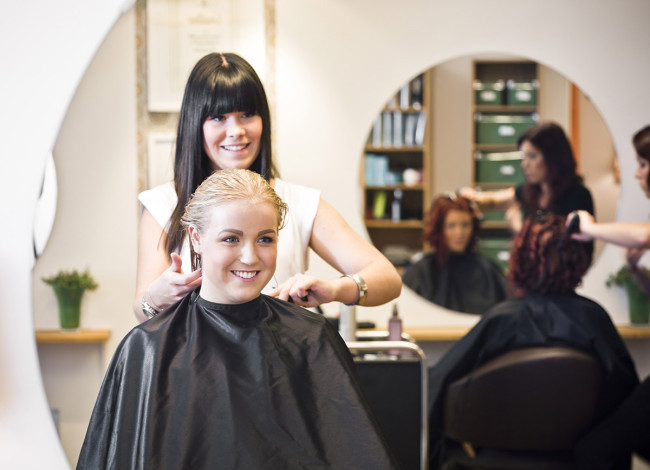
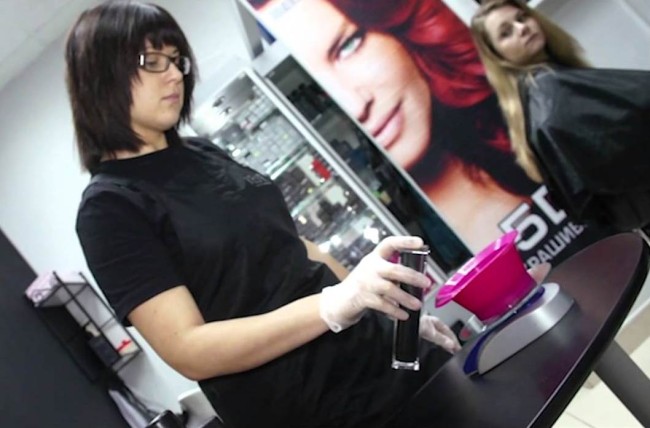
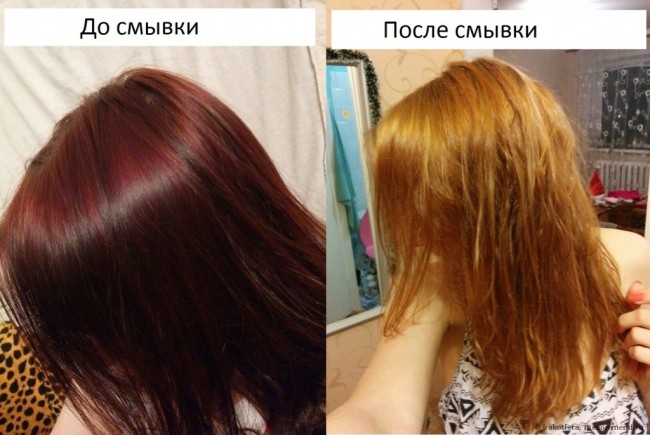











Comments
a couple of years ago, there was no side of metrogils from the same problem, there were no side effects ...
I’m not a fan of peeling at all, it saves from acne of metrogil, it also smoothes it ...
Great article! ...
I take the second course of the Capsules Climafite 911. The tides went very quickly. It became calmer, irritability went away and I sleep well ...
i also noticed - it is worth nervous, everything immediately affects the face. Therefore, I try to avoid conflicts and unpleasant people. Of the creams, I like Miaflow from wrinkles - smoothes not only small wrinkles ...